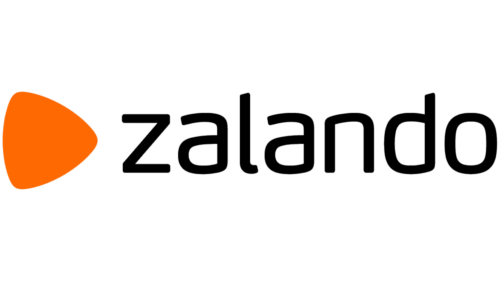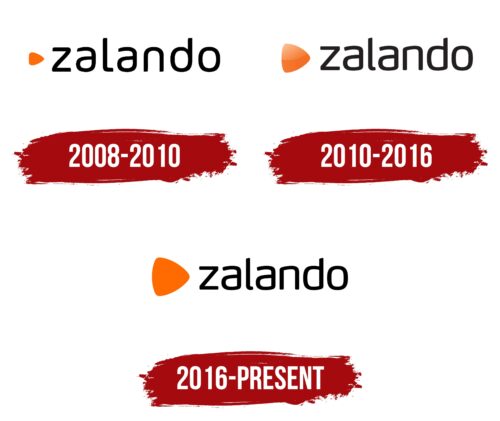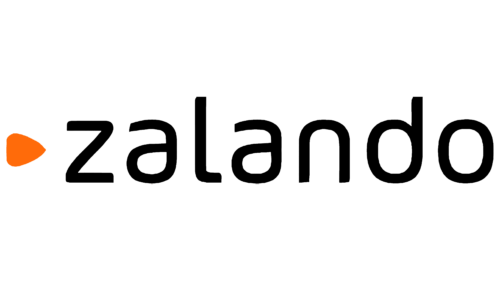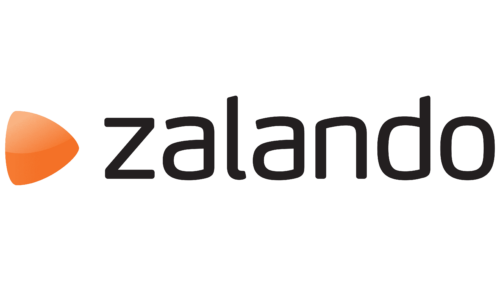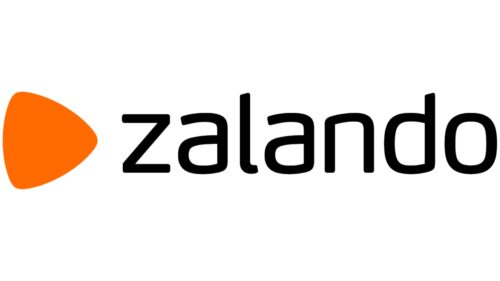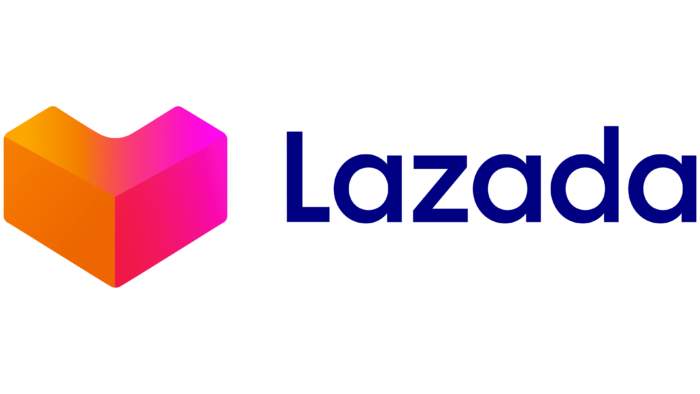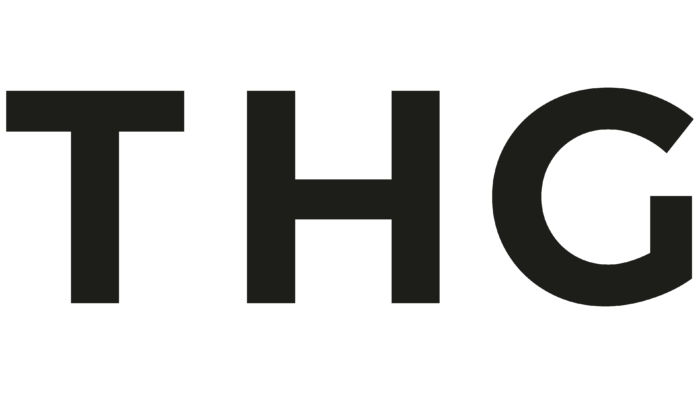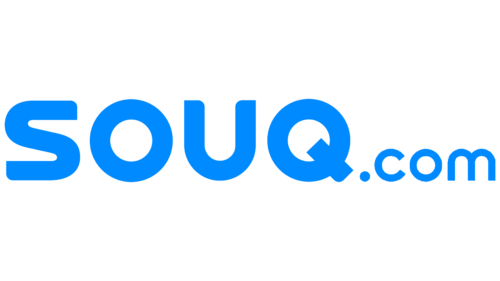Zalando: Brand overview
In 2008, Zalando, founded by Robert Gentz and David Schneider, came into being in the heart of Berlin. Starting out as an online shoe store for European consumers in the e-commerce industry, the company quickly expanded its operations. The company’s product range soon expanded to include apparel, accessories, and cosmetics, resulting from collaborations with well-known brands.
The potential of the company attracted the attention of several investment titans: names such as Investment AB Kinnevik and DST Global invested in the initial stage of development. In 2011, Zalando took brand control to the next level and opened its first brick-and-mortar outlet the following year.
2014 was a watershed year for Zalando: the company went public with an impressive valuation of €5 billion. This fueled the company’s ambitious European expansion. Over time, the brand has evolved from a simple online store to a holistic fashion and lifestyle center, focusing heavily on technological improvements. Acquisitions, including Kreativmarkt and Fision, enriched the assortment, and significant investments were made to optimize logistics.
Today, Zalando is present in more than 25 countries in Europe and serves more than 51 million customers. With a revenue figure of €10.3 billion by 2022 and more than 16,000 employees, Zalando is Europe’s leading online fashion giant. This makes it a formidable contender in the ring, where it competes with ASOS, H&M, and Inditex.
Meaning and History
What is Zalando?
Founded in 2008 by Robert Gentz and David Schneider, Zalando is a German multinational fashion e-commerce giant. The company’s name came from the combination of American shoe retailer Zappos and German online marketplace Alando. Zalando was created to bring the latest fashion trends to its customers. The company’s extensive portfolio now includes apparel, accessories, and home goods, spans 23 countries, and serves more than 14 million active customers.
2008 – 2010
2010 – 2016
2016 – today
The logo of the German online clothing and shoe store includes both graphics and text. However, they are so minimalistic that the logo appears simple. Visual simplicity is evident in the limited color scheme (orange plus black), clean text (no bold letters or serifs), and an uncomplicated geometric shape (a triangle with rounded edges). The title is typed in lowercase block letters with rounded lettering – even the letter “l” has a smooth curve. The exception is the letter “z,” which has inside corners.
Orange and black colors create a sense of coolness that does not strain the eye. The triangle with rounded edges resembles a “play” button, evoking a desire to learn more about the store. The curved “l” gives the straightforward text a fun touch, like a little twist in a simple fairy tale. The logo is like a quick “hello,” evoking a desire to stay and explore the store.
Zalando color codes
| Pumpkin | Hex color: | #fe6901 |
|---|---|---|
| RGB: | 254 105 1 | |
| CMYK: | 0 59 100 0 | |
| Pantone: | PMS Bright Orange C |
| Black | Hex color: | #000000 |
|---|---|---|
| RGB: | 0 0 0 | |
| CMYK: | 0 0 0 100 | |
| Pantone: | PMS Process Black C |
